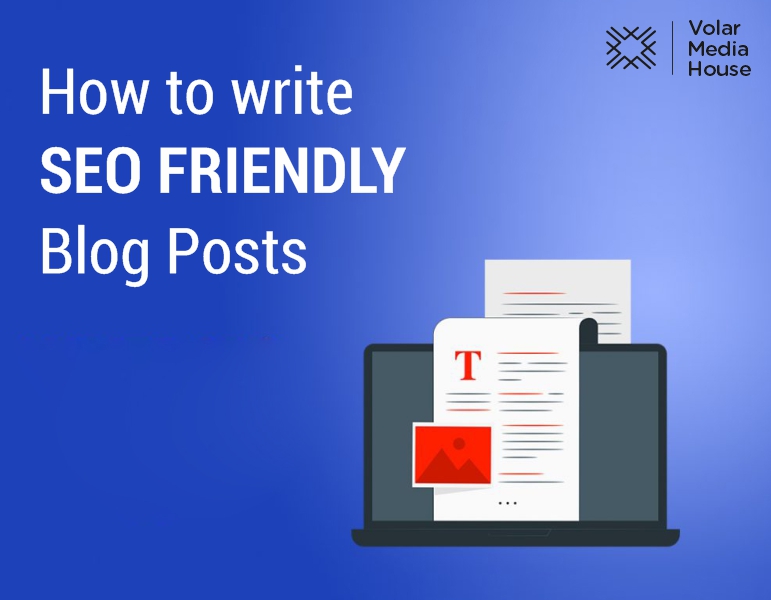Writing a blog post needs skills, and writing a blog post to improve the ROI of the website requires brand awareness. It is not the same as writing an article. Optimized blogs not only improve traffic but also generate revenue. For a revenue-generating blog, you need to select a topic and ample research. To keep readers engaged, a well-optimized blog with great content is imperative. Even if it takes time to generate ROI, clients are willing to wait, and our team at Volar Media House follows time-tested best practices that rank a blog again and again.
We recommend you these writing tips that will rank your content highly on Google.
Before writing, choose topics that will get covered in your blog post. For example, what’sWhat’s the goal of the blog, and how will it benefit readers?
Keyword research: Keyword research is the secret to improving SEO. If you are familiar with the practice, then research what kind of articles are ranking on Google, from where you will get a list of keywords that match the main target keywords. Then, incorporate these keywords in the post’s title, main heading, the body of the content, and the conclusion. However, all keywords are unsuitable for your blog because some people only search for the term, not an article. So, instead of keyword stuffing, focus on one or two keywords that make the description natural.
Tip: Check on what the competition did to rank on the first page.
Structure blog : Split the blog post into three sections; introduction, body, and conclusion. Structuring the blog makes it easier to write efficiently. The title of the blog is essential and is primarily responsible for getting you the click. Keywords, backlinks, or other SEO efforts can’t help if the title is not good enough to get clicks.
Use a compelling title for the blog post

Use compelling blog titles with keywords incorporated appropriately—for example, 10 ways to declutter your wardrobe or include an offer, if any.
Optimize meta description for SEO: More exposure to your blog meta description is necessary because it helps search engines crawl and determine search rankings. Two to three sentences help to determine what the blog post is all about. Also, you can optimize the content with featured snippets and earn that featured snippet on Google to answer the questions thoroughly, and don’t forget to add part of the question in your answer.
Optimize word count of blog: The ideal length of the blog post is between 2,100 and 2,400 words, but to make the process easy, write it down in 3 sections as mentioned above.
Header tags: To make your header tag more scannable with H1 tags, H2 tags, H3 tags, H4 tags, H5 tags, and H6 tags.H1 tags come at the top of the blog and is similar to the blog title.H2 tags serve as the main sub-headers, and H3 tags serve to subdivide content that falls under a single H2. H4, H5, and H 6 continue this sub-division.
Compress images for fast loading: Compress images for fast loading for a better user experience. To improve page speed, use compressed images because images we use can be more than 100 KB, which can slow down the page speed.
Link-building strategy: To make your blog rank in SERP, apply the link-building strategy. Blog posts with high-value assets such as interviews with experts, original thoughts, or actual data effectively generate traffic.
To make your blog post ranking make URL SEO-friendly, do internal linking, update posts regularly apart from creating multiple-SEO optimized blog posts for better results.
